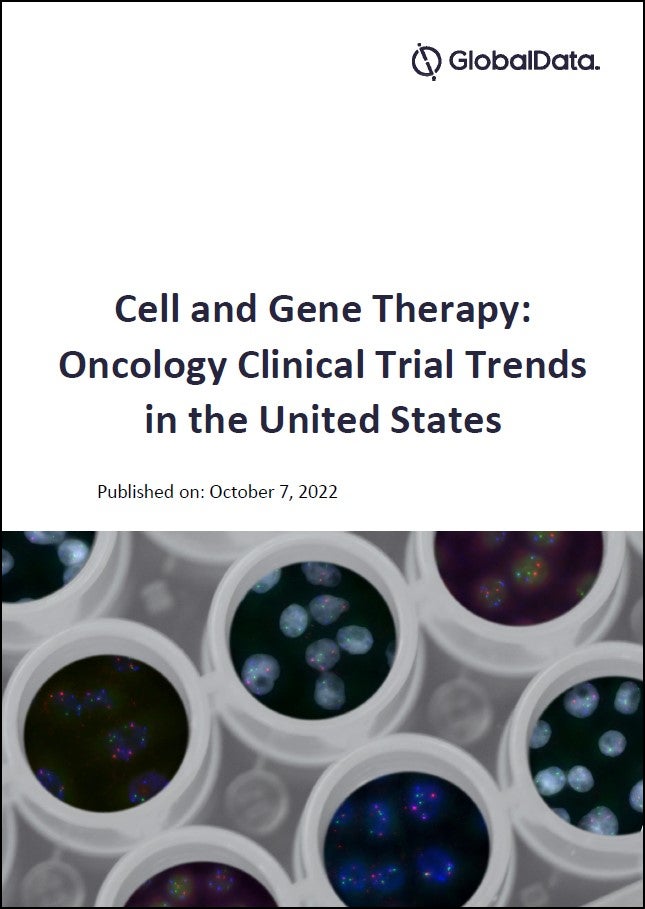Brain cancer is a very severe and often highly debilitating disease that has become the subject of a great deal of research. Although the disease is not as common as many other cancer types, and some forms of brain cancer are considered rare, the disease has been well-documented and discussed over the past decade. Brain cancer is known to be more common in men than in women and shows a bimodal distribution, with an increased incidence among children and an increasing incidence with age. GlobalData epidemiologists forecast that more than half of all newly diagnosed cases in the US are in the age 60 years and older population, and this burden will continue in the near future.
GlobalData epidemiologists forecast an increase in the diagnosed incident cases of brain cancer in the US from 27,000 diagnosed incident cases in 2020 to 31,000 diagnosed incident cases in 2030, at an annual growth rate (AGR) of 1.50%. In the US, 55–60% of newly diagnosed cases during the forecast period were in ages 60 years and older, and the age distribution of cases was similar in the male and female population.
How well do you really know your competitors?
Access the most comprehensive Company Profiles on the market, powered by GlobalData. Save hours of research. Gain competitive edge.

Thank you!
Your download email will arrive shortly
Not ready to buy yet? Download a free sample
We are confident about the unique quality of our Company Profiles. However, we want you to make the most beneficial decision for your business, so we offer a free sample that you can download by submitting the below form
By GlobalDataBrain Cancer is a malignant cancer that originates in the central nervous system, which consists of the brain and spinal cord, including the brain stem. The type and severity of a brain tumor is determined by the cells from which the tumor originated, as well as by the proliferative potential of the abnormal growth. The growth rate and location of a brain tumor determines its effect on the functioning of the nervous system. Brain cancer does not have any specific risk factor except age and familial history, although radiation exposure has been identified as a risk in some instances. However, brain cancer is strongly associated with common comorbidities such as hypertension, diabetes, and heart disease. This is probably due to wide prevalence of these comorbidities especially in the older population.
Brain cancer has a moderately poor survival rate, where 60% of the cases survive the first year of diagnosis and only 30% of the cases survive beyond the fifth year of diagnosis. The survival rate has improved slightly, over the last 10 years especially with cases diagnosed in the earlier stages. However, the growing aging population suggests that the overall number of people with brain cancer will continue to rise in the near future. Currently, early diagnosis of brain cancer is difficult due to a lack of clear diagnostic tools, which partly explains the low survival rate. In recent years, lots of research have been conducted into biomarkers such as IDH1/IDH2, NTRK, and BRAF-V600E, which will help detect the disease earlier and predict the prognosis. These biomarkers could also shed light on why certain populations are more susceptible to brain cancer.






